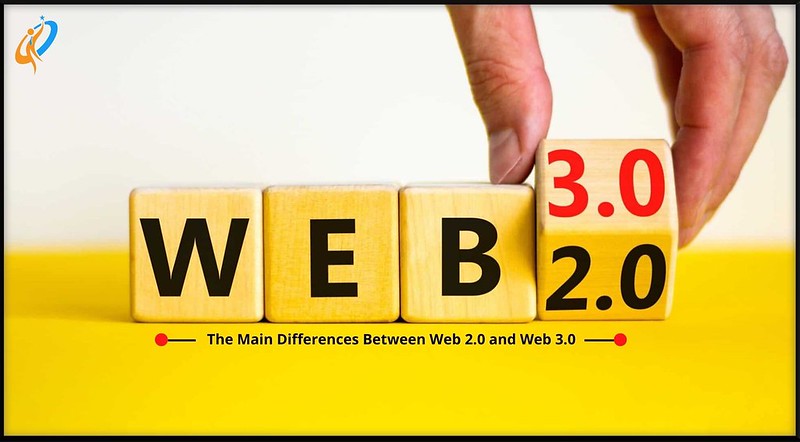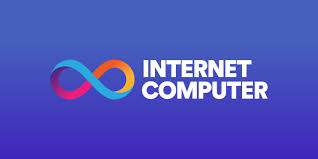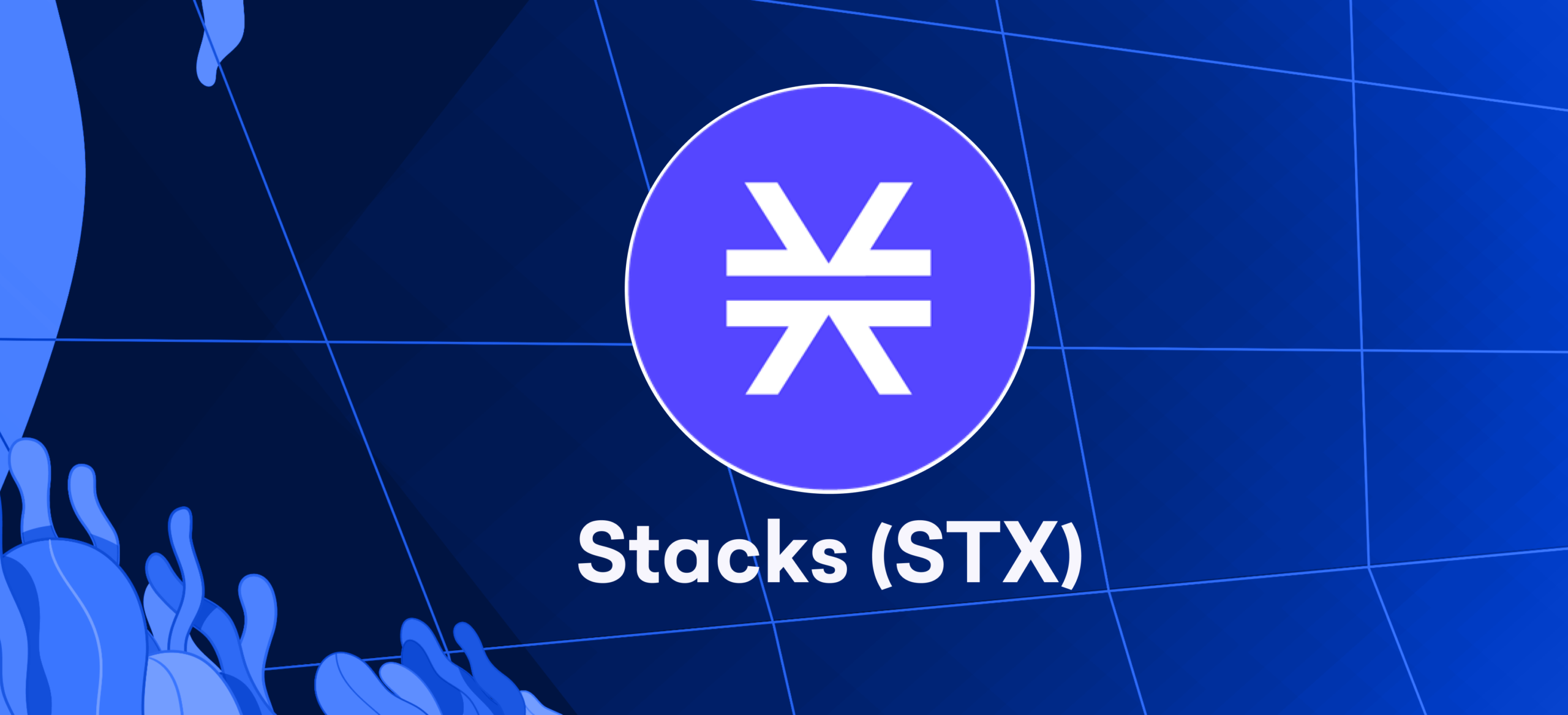
Introduction:
Web2, the internet’s current form, is marked by central platforms, user content, and the sharing economy. However, Web3 presents a different vision. It envisions a more decentralized and democratic internet that puts users in control.
Furthermore, This new model relies on blockchain technology to enable decentralized storage and sharing of information. With Web3, individuals will have greater agency over their data and can choose whom they share it with.
Moreover, Web3 platforms are designed as open-source projects where anyone can contribute to their development. This commitment to openness ensures that power remains distributed among various entities rather than being concentrated in one central authority.
Web1 (1990-2005)
During the period of 1990 to 2005, known as Web 1.0, the web experienced its initial phase. This stage was characterized by websites that were read-only, allowing users to solely access static information without the opportunity to share their thoughts or opinions.
Users were once charged based on their page visits. Examples include platforms like MySpace, Google, LiveJournal, and Yahoo, all of which imposed charges for using their pages.
Web2 (2006-present)
Moving onto Web2, the current iteration of the internet used worldwide, transformed the online landscape. Rather than featuring static and unengaging content, it evolved into a dynamic environment where users could actively interact with published materials on web platforms.
Upon its discovery, the introduction of JavaScript, HTML, and CSS granted developers the ability to construct applications that facilitate real-time interaction between users and content.
Moreover, Web2 operates entirely on interaction. It empowers users to generate and share content across global networks, exemplified by platforms like Instagram, Facebook, YouTube, and Twitter.
Web3 (The Future)
Web3 dominates today’s conversations as the most trending topic, often referred to as the Semantic Web. Building upon the foundations of Web2, this third generation relies on sophisticated software and artificial intelligence (AI) to power the internet.
Its core objective is to offer a reliable user interface that caters to individual needs. Moreover, Web3 seeks to tap into blockchain technology, metaverse development, and the potential of the Semantic Web.
However, blockchain enthusiasts have propelled Web3 into uncharted territory, redefining its scope beyond the Semantic Web. The Metaverse, cryptocurrencies, and NFTs all play a significant role in shaping the Web3 landscape.
Web2 vs. Web3: Unraveling the Contrasts
Web2 and Web3 utilize similar technologies, but they tackle challenges from distinct perspectives. While Web2 prioritizes connecting individuals, Web3 goes beyond by integrating data in a more meaningful way alongside enhancing trust through decentralization. Let’s explore some of the differences:
Security
Web2 operates on a centralized system, where the government and operation of application delivery, cloud services, and platforms are under the control of centralized authorities. In contrast, Web3 embraces decentralization as its core principle. It encompasses edge computing, peer-to-peer interactions, and distributed consensus as the emerging norms within Web3 architecture.
Currency
In the realm of online transactions, Web2 operates using government-issued currency, like the US dollar. In contrast, Web3 utilizes cryptocurrencies such as Ethereum or Bitcoin.
Speed
In the realm of web technology, there exists two generations that differ in speed and functionality. Web2 transfers information at a swifter pace than its successor, Web3. In contrast, Web2 relies on the scanning of centralized data.
Technology
AJAX, JavaScript, HTML5, and CSS3 are all used by Web2. Web3 makes use of artificial intelligence, deep learning, and decentralized technology.
What Are the Advantages of Web3 for Users?
Web3 represents a groundbreaking vision for the internet, leveraging blockchain technology to redefine its very fabric. This innovative concept holds the potential to revolutionize the online landscape by offering enhanced decentralization, heightened security, and a more user-focused experience compared to the current web. Let us explore some compelling benefits that Web3 presents to its users.
Greater control over their data and privacy. In the realm of Web3, individuals will possess full ownership of their data, empowering them to make informed decisions regarding its dissemination and collaboration. As a result, this revolutionary shift will minimize the likelihood of data breaches while granting users greater authority over their digital identities.
More secure and transparent transactions. Web3 transactions employ cryptography to secure them and are recorded on a public blockchain, ensuring their immutability and transparency. This powerful feature helps combat fraudulent activities while fostering trust among users and businesses.
New economic opportunities. Web3 introduces exciting economic opportunities, including decentralized finance (DeFi) and non-fungible tokens (NFTs). With DeFi, individuals can access financial services directly, bypassing intermediaries like banks. NFTs empower users to securely own and trade digital assets in a transparent manner.
A more personalized web experience. Web3 applications have the ability to cater to the unique needs and preferences of every user, resulting in a web experience that is more tailored and captivating. By personalizing the content, users can enjoy an engaging and immersive online environment.
Web2 vs Web3: Pros and Cons
Web2
Pros:
- User-friendly and easy to use
- Wide range of features and services
- The large and active user base
Cons:
- Centralized control of data and online activity
- Privacy and security concerns
- Limited opportunities for innovation
Web3
Pros:
- Decentralized control of data and online activity
- Privacy and security by design
- Resistant to censorship and manipulation
- New opportunities for economic participation and ownership
Cons:
- Complex on both the technical and user experience fronts
- Requires more computational resources than Web2
- Scalability challenges
- Regulatory and legal issues
- Cryptocurrency security challenges
Non-fungible tokens (NFT)
The art industry is already exploring the potential of Web3 technology, seeking new avenues for artists and prospective buyers. Take, for example, OpenSea – recognized as the largest and most popular NFT marketplace. It provides a platform for users to transform their artwork into NFTs, which can subsequently be bought, sold, or traded.
Final Thoughts:
Web3’s evolution and definition continue to prioritize decentralization, automation, and intelligence as the bedrock of future advancements. Web3 encompasses a wide range of applications, including NFTs and play-to-earn games. It represents the next evolution of the internet, paving the way for significant advances in our financial systems, social interactions, personal identities, and much more.








